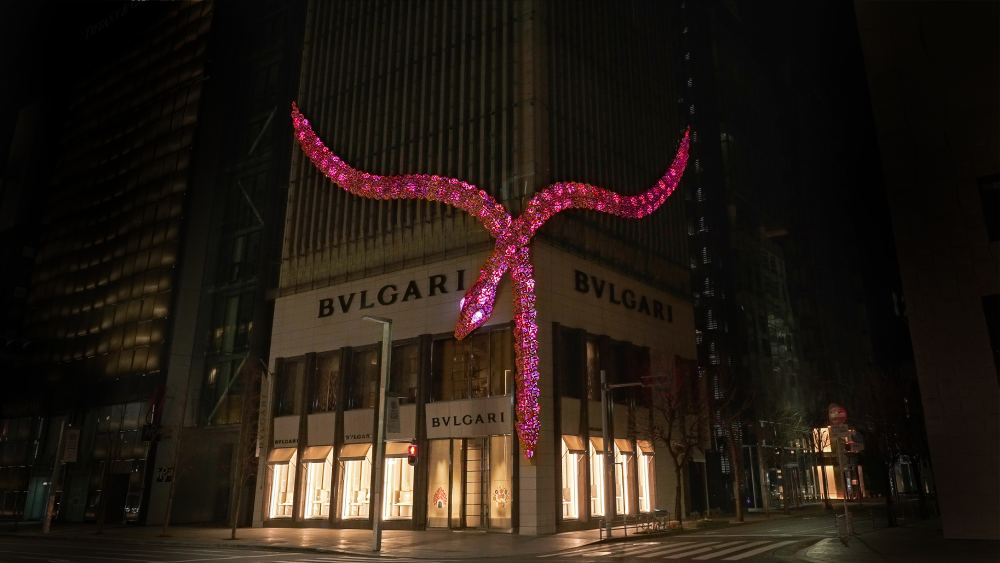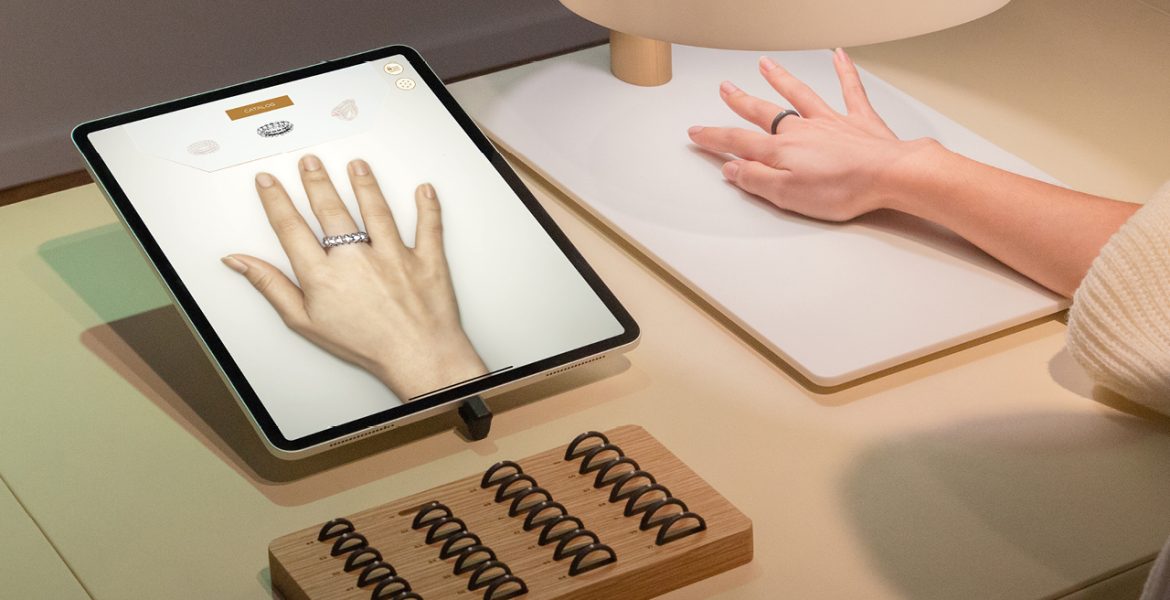Luxury jewellery brands are embracing trending technologies such as Augmented Reality (AR) and Virtual Reality (VR) to captivate the ever-expanding Gen-Z demographic. As digital natives with substantial disposable incomes, this tech-savvy generation seeks to augment their shopping experiences through the integration of advanced marketing tools. The immersive and interactive interfaces elevate their overall purchasing journey, eventually forging a deep connection with the brand
The next decade of luxury shopping trends will be influenced immensely by the rising number and spending power of Generation-Z. By 2025, this segment will make up a quarter of the Asia–Pacific (APAC) region’s population. In the US alone, Gen-Z has over $360 billion in disposable income, according to reports.
Gen-Z (those born between 1996 to 2012) are also known as digital natives because they grew up at a time when the internet had achieved widespread use and have not known a world without the internet as a staple.
A McKinsey report states that across APAC, almost a third of Gen-Zers spend six hours or longer a day on their phones. They also spend more time on social media. “That helps explain why 50% to 60% of the primary influence in brand decisions for Generation Z comes from social media and online sites,” the report states.
As for indulgent spending, this generation is already splurging on luxury goods. The average age of this generation’s first luxury purchase is 15 years, 3-5 years lower than their millennial counterparts, according to another report.
While a barrage of content is pushed on social media every second, how should jewellery brands stand out in grabbing the attention of Gen- Z?
Experiential technologies like Augmented Reality (AR) and Virtual Reality (VR) are increasingly becoming useful to attract the curiosity of digital natives. Virtual try-ons adopted by many leading jewellery brands around the world might seem gimmicky to some, but these tech stunts are actually useful to appeal Gen-Z.
According to a leading social media app, Snapchat, 93% of snap-chatters surveyed in various markets showed interest in using AR for shopping as it makes the shopping process easy and is also useful in sharing opinions with friends and family.
Another report by research platform Statista states that over 90% of both Millennials and Gen-z are interested in using AR shopping experiences.
Global leading jewellery brands, such as Tiffany and Cartier, have hosted a series of virtual try-on experiences with Snapchat, allowing users to try the jewellery or watches at home and learn about the brand’s history via interactive storytelling.
Bulgari recently has used AR outside of social media apps. The Italian jewellery brand collaborated with tech company teamLabs to make a large Serpenti come to life atop its flagship store in Ginza (Japan) to celebrate 75 years of its iconic Serpenti. The experience could be activated by scanning a QR code. Users could customise the pattern and colour shown on the snake via the Bulgari website, which was then projected onto the store IRL (in real life).

In India, Tanishq introduced an AR experience in Chennai during the festive season, in 2022. The pop-up offered customers an AR holographic mirror to virtually try-on jewellery and share the AR images via social media. Brands like Hazoorilal Legacy, Candere by Kalyan Jewellers, Forevermark also offer virtual try-ons on their e-commerce stores, websites, and apps.

Technologies AR & VR for virtual try-ons and interactive communication have been around for a few years now. But these virtual experiences can do with a lot of improvement to offer more accuracy in size, fit and creative vision.
In an attempt to achieve more accuracy with virtual try-ons, Cartier launched the Looking Glass, earlier this year. Looking glass is an in-store experience available at a few Cartier stores, for now. It lets you see a desired ring on your finger in the right size, in high resolution, live on an ipad. Cartier provides the customer, black (tracker) rings of different sizes to wear. The hand with the ring is then placed under a lamp with an inbuilt scanner that can simulate different designs on the wearer’s hand that can then be seen on an ipad placed beside the lamp.
The Looking Glass is more than just filters akin to those seen on social media apps. Cartier’s program uses Generative Adversarial Networks, a technology used in Deepfake videos and photos that can mimic a person or hand as if it were real. The hand renders (hand video) seen on the ipad are super sharp at 4K resolution. The hand movements, too, can be viewed on the screen without the usual lag otherwise seen in most AR experiences. However, according to some reports, this technology does not work too well with male hands with hair as it causes distortion.
Perfect Corp, a tech solutions provider from New York has launched a 3D AR virtual try-on tool that allows a customer to try-on jewellery in 13 distinct positions across the ear. As targeting Gen-Z becomes crucial for jewellery brands, several tech companies around the world are working to improve on the virtual experiences.

